Shortage of orders, reduction of workers
From small to large enterprises, all admit that the export orders of the textile and garment industry continue to decline. There are no exact statistics, but the situation of enterprises reducing sales by 40-50% is not uncommon. Large-scale enterprises also have reduced revenue by 20-30%.
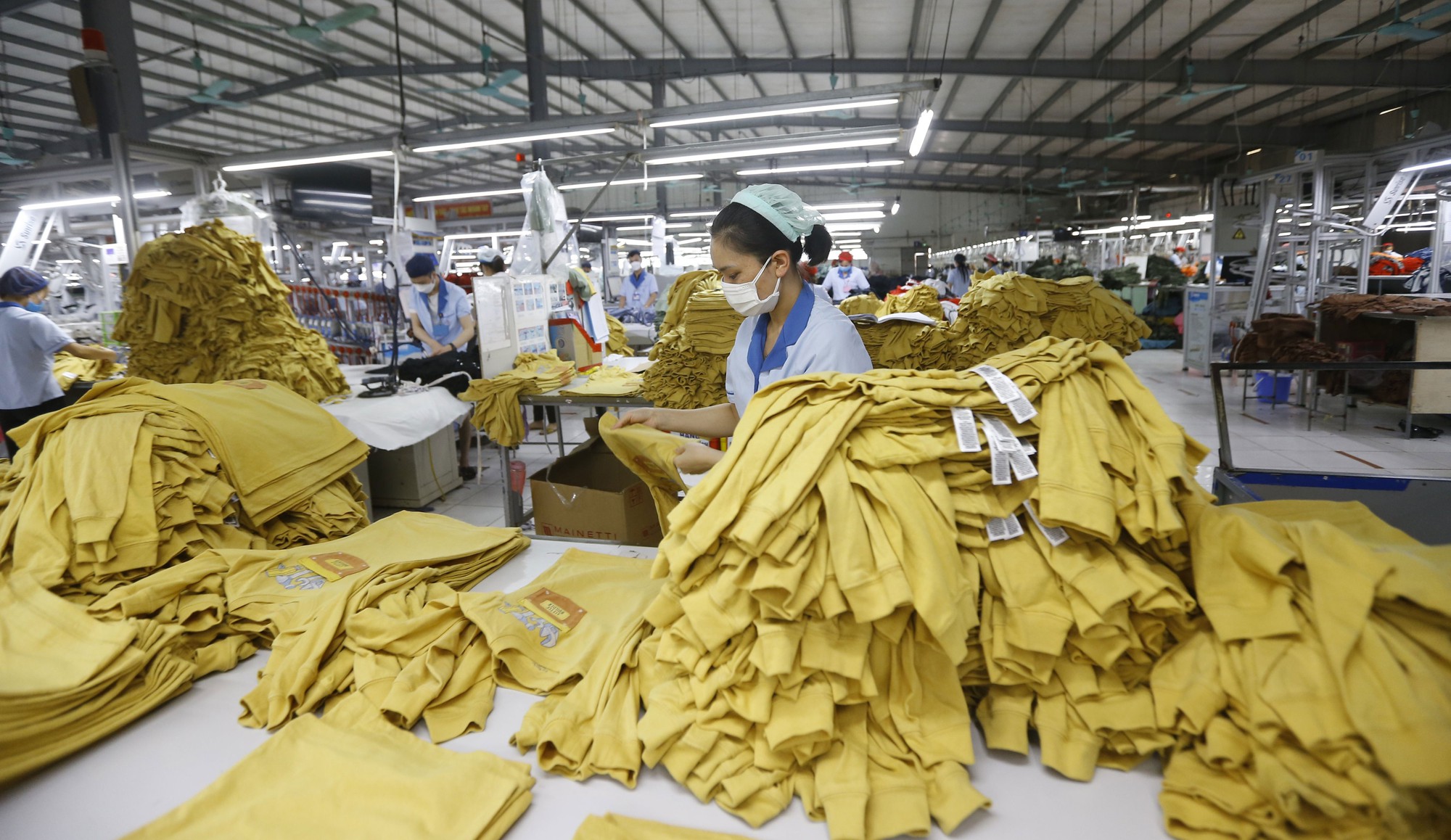
Vietnam's textile, garment and footwear industry plummets as it loses its competitive edge
The leaders of Thanh Cong Textile - Investment - Trading Company said that revenue in the first 5 months of this year decreased by 20 - 25% compared to the same period last year. Recently, the Board of Directors of the company announced an adjustment to the 2023 business plan with revenue down to 3,927.4 billion VND, down 9% compared to 2022 and net profit reaching 244.9 billion VND, down 13%. Binh Thanh Import-Export Production and Trading Joint Stock Company (Gilimex) even reduced its 2023 revenue target by more than half compared to last year, down to 1,500 billion VND and after-tax profit of nearly 104 billion VND, down 71%. At the end of the first quarter of 2023, Gilimex reported a revenue decrease of 89% compared to the same period last year with nearly 157 billion VND. The company suffered a loss of up to 39 billion VND, while in the same period last year it made a profit of more than 100 billion VND. Even the Vietnam National Textile and Garment Group (Vinatex), the leading unit in the textile and garment industry in the country, also reported business results in the first quarter of this year with revenue down nearly 15% compared to the same period last year and pre-tax profit down sharply by nearly 70%, down to 118 billion VND. Vinatex set a modest business target for the whole year with consolidated revenue reaching 17,500 billion VND, down more than 10% and pre-tax profit reaching 610 billion VND, down nearly 50% compared to last year.
Similarly, in the footwear industry, many businesses have also seen a reduction in orders and workers. A representative of the PouSung Company Union (Dong Nai) said that in the first quarter of this year, the company had cut 1,000 workers. Compared to many businesses in the same industry, this reduction rate is low in the company's total of about 21,000 workers. Since April, production activities have also stabilized. Explaining this, the union representative said that each company will depend on the shoe brand of its partner. For example, PouSung specializes in manufacturing for a major shoe brand in the world, so fortunately the quantity of sports shoes has not decreased sharply. Meanwhile, the same shoe company, but for product codes such as sandals, women's shoes, etc., has plummeted. The number of workers who were laid off before was due to production for another brand on a smaller scale and when customers had difficulty selling, there were no more orders.
More tragically, many leather and footwear enterprises have been forced to scale back operations, laying off thousands of workers. For example, at the end of 2022, Ty Hung Company Limited (HCMC) laid off nearly 1,200 out of a total of 1,822 workers due to lack of orders. Or a "big guy" in the Vietnamese leather and footwear industry, PouYuen VN Company, has continuously cut its workforce since the beginning of the year, with more than 8,000 people. The reason announced by the company is that the world economic situation is still difficult, people in many countries are tightening their spending, leading to a decrease in orders for outsourcing production...
Is it difficult for Vietnam to compete with Bangladesh and Indonesia?
Mr. Nguyen Nhu Tung, Chairman of the Board of Directors of Thanh Cong Textile - Investment - Trade Company, Vice Chairman of the Vietnam Textile and Apparel Association, assessed that the export turnover and orders of the textile and garment industry decreased due to many reasons. First of all, it is still the story of the general decline in global consumption, especially in large markets such as the US and Europe (EU), which have plummeted. The market share has narrowed and customers have cut back on less competitive segments.
Meanwhile, Bangladesh has always been competing with Vietnam in textile and garment exports and now they have more advantages due to low costs from wages and a sharply depreciated local currency. At the same time, many Bangladeshi textile and garment enterprises have achieved global "green" certificates such as ESG (environmental, social and governance index) and LEED (energy and environmental design orientation). For example, out of about 100 projects in the world that have achieved "green" certification, 40 projects are in Bangladesh. That helps the textile and garment industry of this country still attract orders, helping the first quarter of 2023 increase slightly, but by April it also turned around and decreased due to the general difficult market...
Chairman of the Board of Directors of Vietnam National Textile and Garment Group (Vinatex) Le Tien Truong said that the decline in Vietnam's textile and garment industry was highest due to the currency being 20% more expensive than that of competing countries, and at the same time, interest rates in Vietnam were high at 9-11%/year in the first 4 months of this year, while other countries maintained rates at 3.5-7%/year.
Along with that, the 3% increase in electricity prices also brings a lot of pressure to textile and garment enterprises. Vietnam also faces a big challenge when China opens up. With the policy of "promoting" production activities after the pandemic, this country has applied many support policies for the domestic textile and garment industry. This country's textile and garment enterprises have the top 1 production scale in the world, so when demand decreases and supply is more abundant, it will be difficult for Vietnam to compete.
In addition to the above factors, the average monthly wage for garment workers in Vietnam is at 300 USD/person, higher than the global average of 200 USD/person. Vietnam's wages are higher than those in Bangladesh, at 95 USD/person/month, Cambodia at 190 USD/person/month, and India at 145 USD/person/month. Mr. Le Tien Truong emphasized: With the above conditions, if enterprises maintain low unit prices to compete with Bangladesh, they will lose at least 15%. This problem poses many challenges, because domestic textile and garment enterprises are losing many advantages to competitors in order to maintain customers and orders.
Agreeing, Mr. Diep Thanh Kiet, Vice President of the Vietnam Leather, Footwear and Handbag Association (LEFASO), said that overall, the market is still plummeting, with nothing positive. Especially the EU, which is most heavily affected due to the direct impact of the military conflict between Russia and Ukraine, in addition to factors of economic recession after Covid-19 and issues related to environmental protection policies. The characteristic of the fashion industry in general is that orders are known 6 months in advance. Now that June is over, orders for the last 6 months of 2023 have basically been completed and the whole industry is estimated to have decreased by an average of 10 - 12%. After October, we will know orders for 2024. If the market is unexpectedly better, the fluctuation range will also be between 3 - 5%. Therefore, in the least bad scenario, the leather and footwear industry this year will decrease by 7-8%, and in the worse scenario, it will decrease by 13-16%.
"Over the past 10 years, steady growth has left us with no pressure to transform according to the world's green growth trend. Meanwhile, Bangladesh, due to the bad image of the fashion industry in the eyes of the world market, has forced businesses and the government of this country to build a positive transformation policy in terms of environment, labor, emission reduction, communication, etc. Therefore, when the world falls into crisis, orders decrease, but the "low places" still flow to. As for Vietnam, which is a high hill with high production costs and has not yet met new environmental standards, orders have decreased. Bangladesh's preparations have been carried out over the past 10 years, so currently their orders are always "full". We should see this as an opportunity to clearly see the problems of the market in the new trend and actively transform to survive," said Mr. Diep Thanh Kiet.
According to the General Statistics Office, textile and garment exports in the first 5 months reached 12.32 billion USD, down 17.8% and fiber exports reached 1.73 billion USD, down 27% compared to the same period last year. Similarly, footwear exports reached more than 8.18 billion USD, down nearly 14% and handbag, suitcase, umbrella, etc. exports reached 1.55 billion USD, down 5.5% compared to the same period in 2022.
Source link








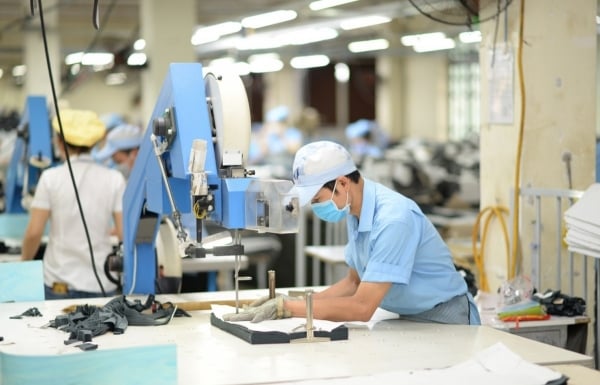

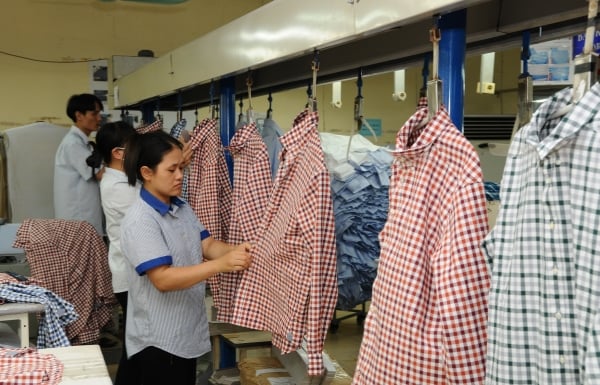


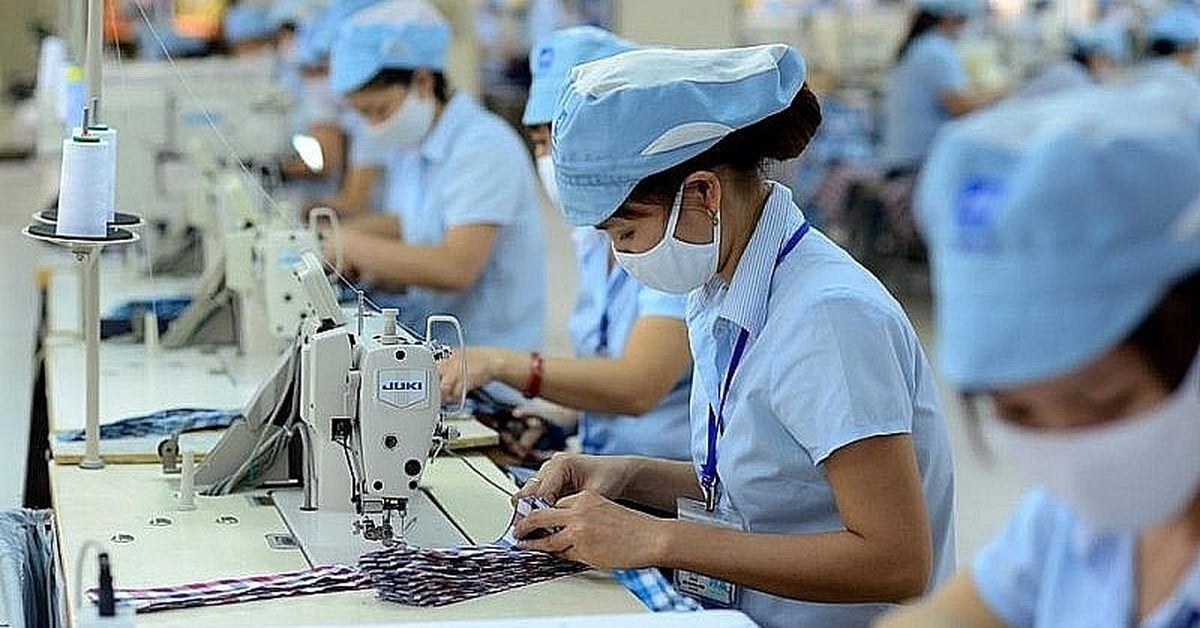


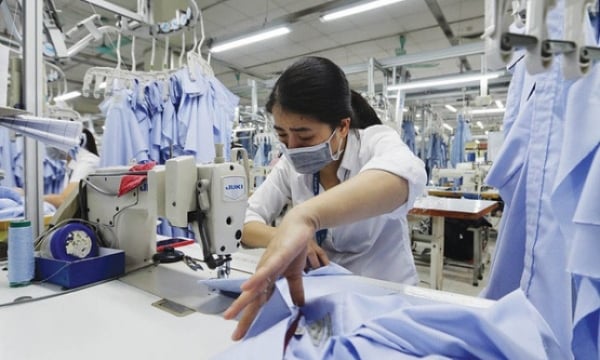



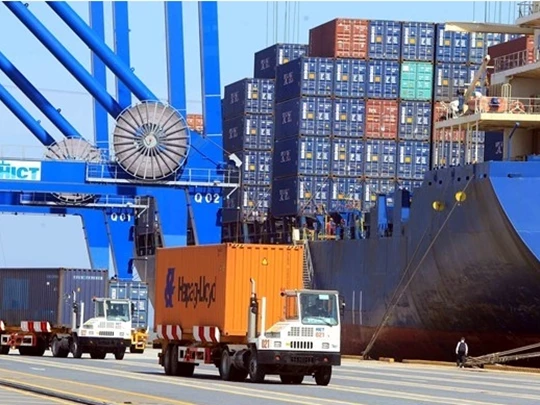




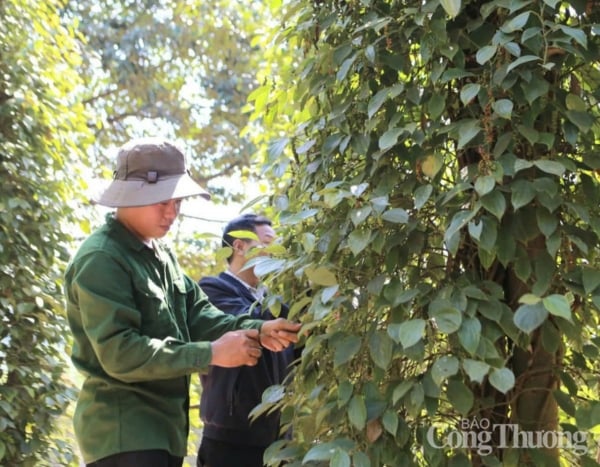















































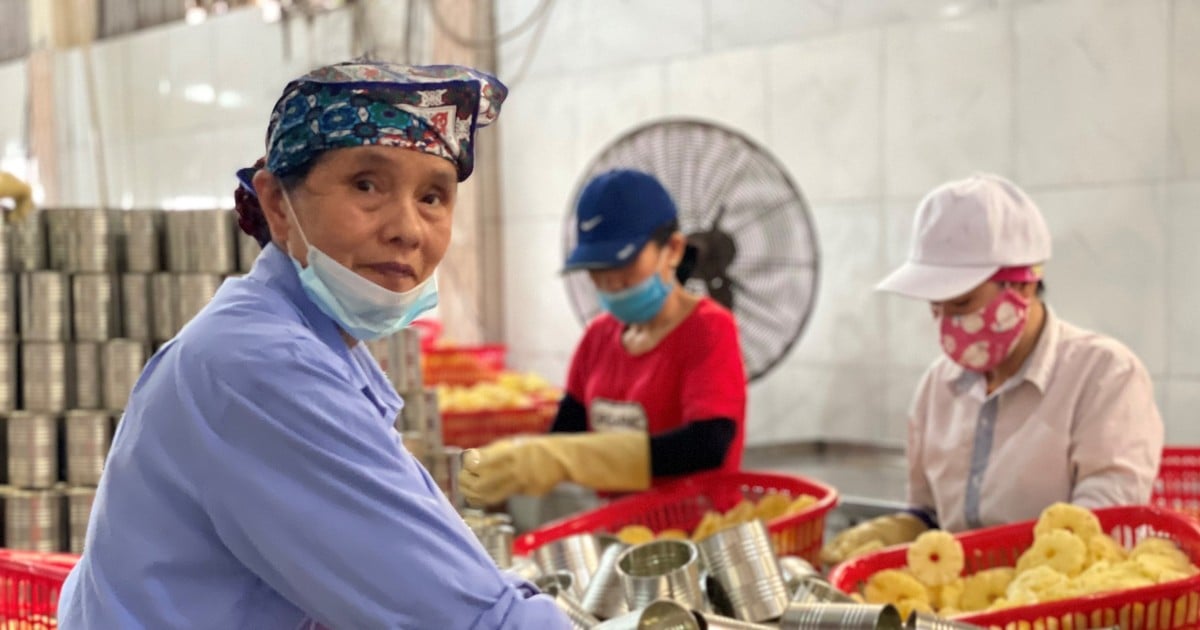








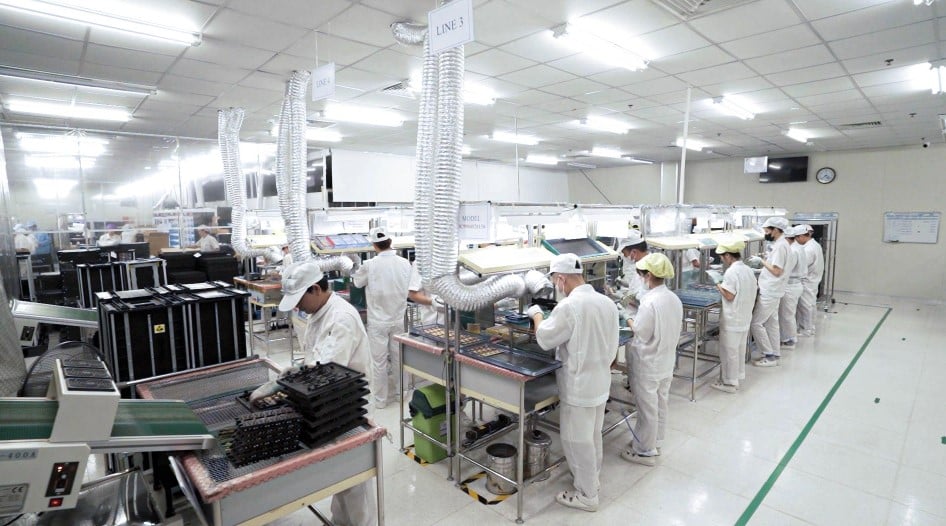


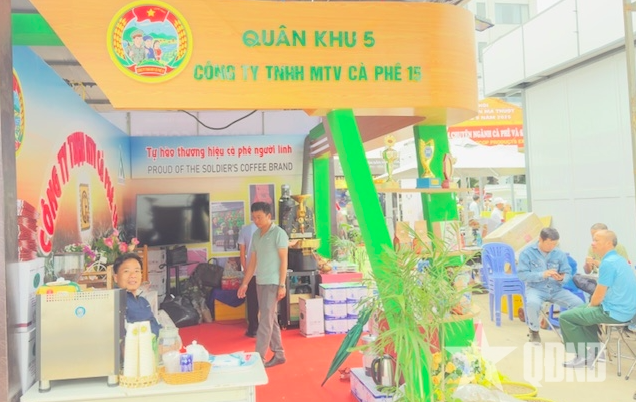



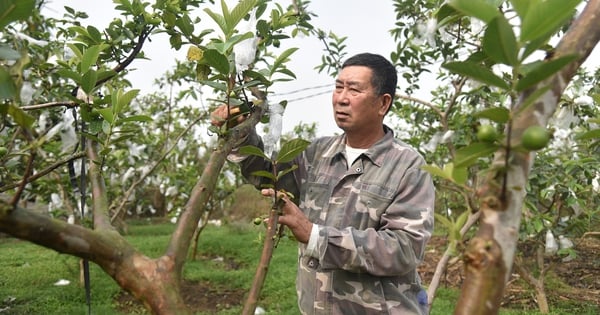

Comment (0)